leonid polyak, Arctic Ice Shelf Theory Challenged by Ancient Algae


leonid polyak, Arctic Ice Shelf Theory Challenged by Ancient Algae
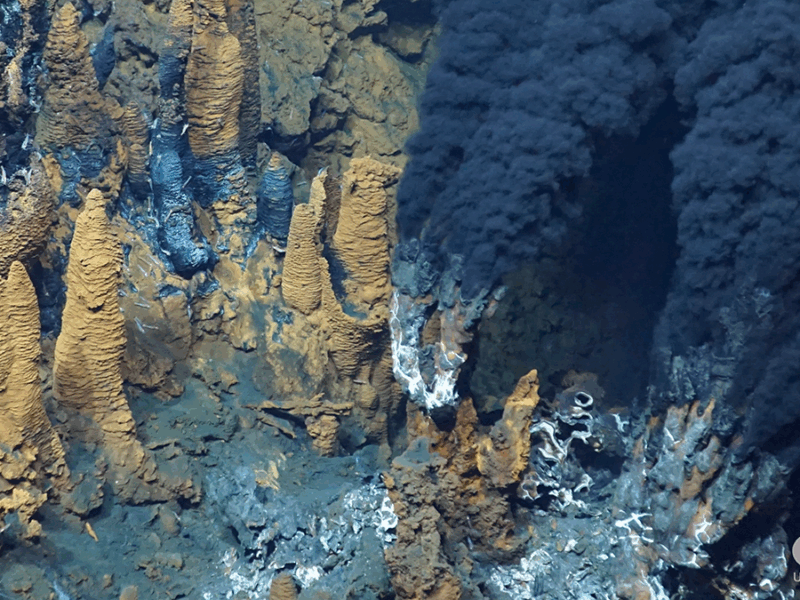
From a gathering of scientists at a uniquely well-preserved section of ancient oceanic crust came a monograph investigating the latest in hydrothermal fluxes and seawater chemistry.
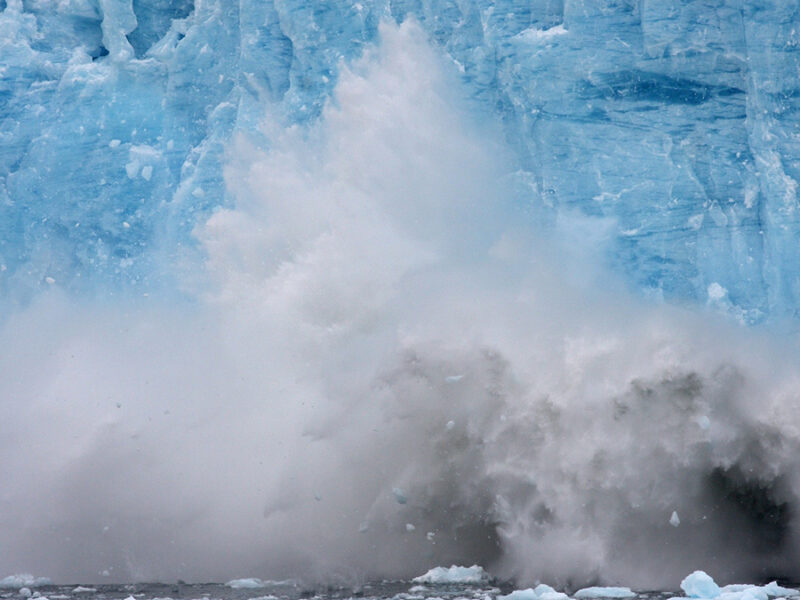
Sediment from retreating, land-terminating glaciers contains proportionally fewer micronutrients such as iron and manganese, reducing the glaciers’ value to microorganisms at the base of the food web.
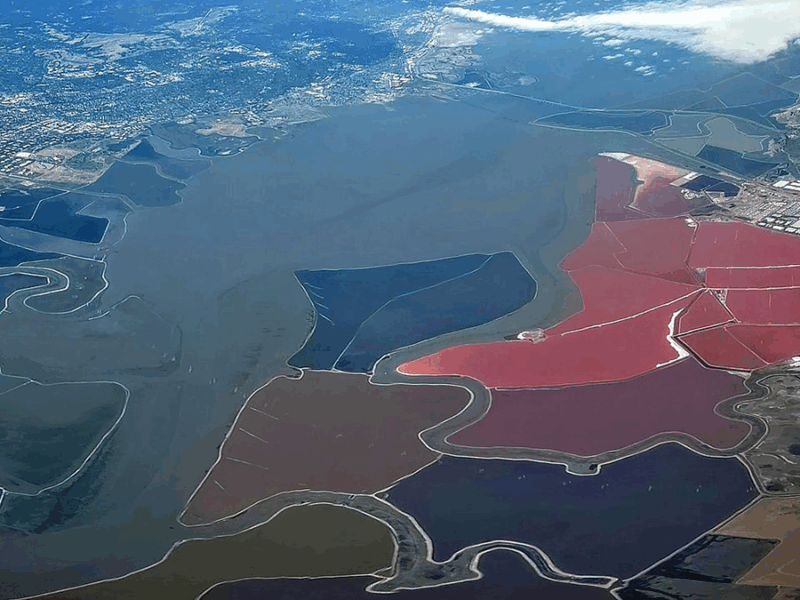
Reclamation of tide-influenced areas has a large impact on coastal environments through gradual modification of tidal dynamics, erosion, and siltation.

A framework featuring a range of plausible future sea level rise scenarios could help coastal planners prepare critical infrastructure for the worst-case scenario.
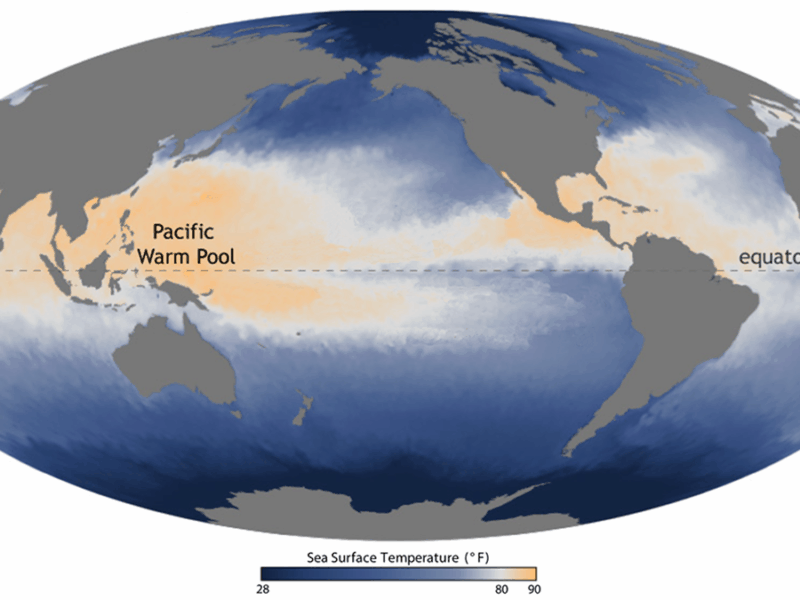
The ocean’s depths cooled off about 1.5 million years ago, and scientists think watery tunnels from the south may be to blame.
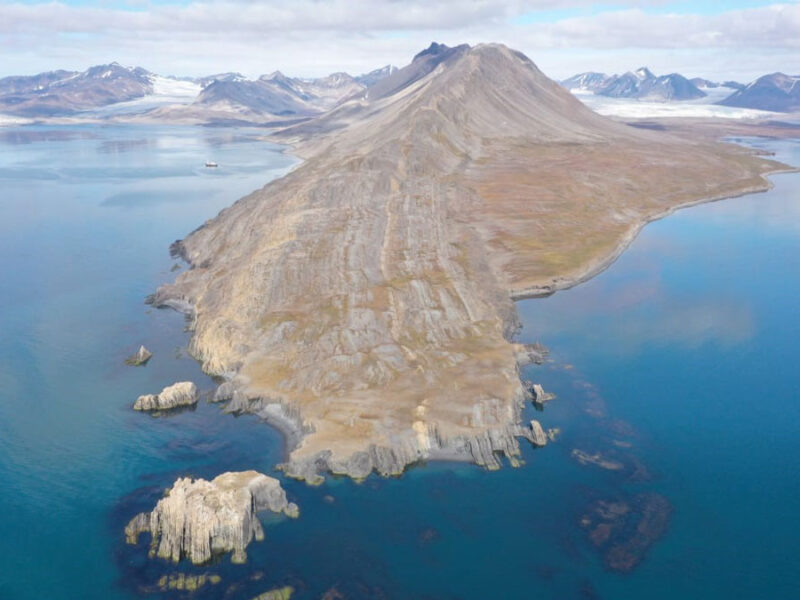
Cooler waters near Norway’s north provided a refuge for phytoplankton during the Great Dying, a new study suggests.
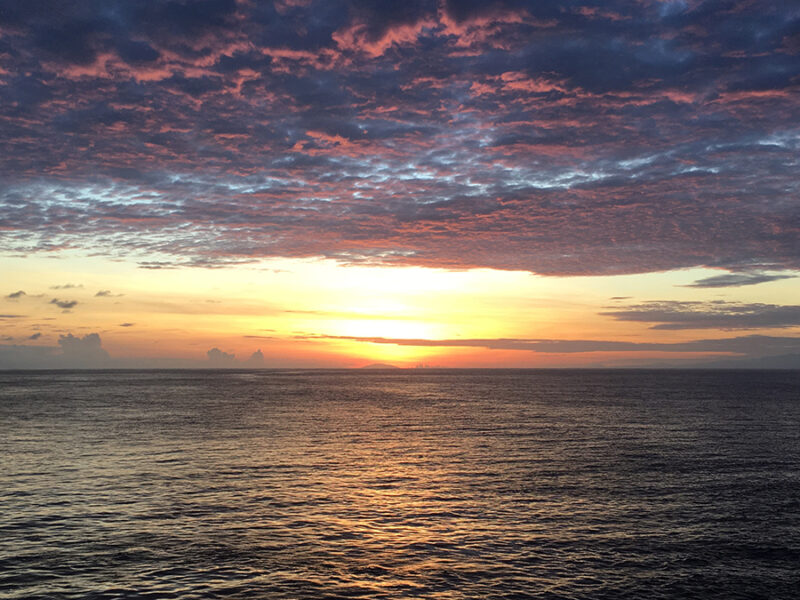
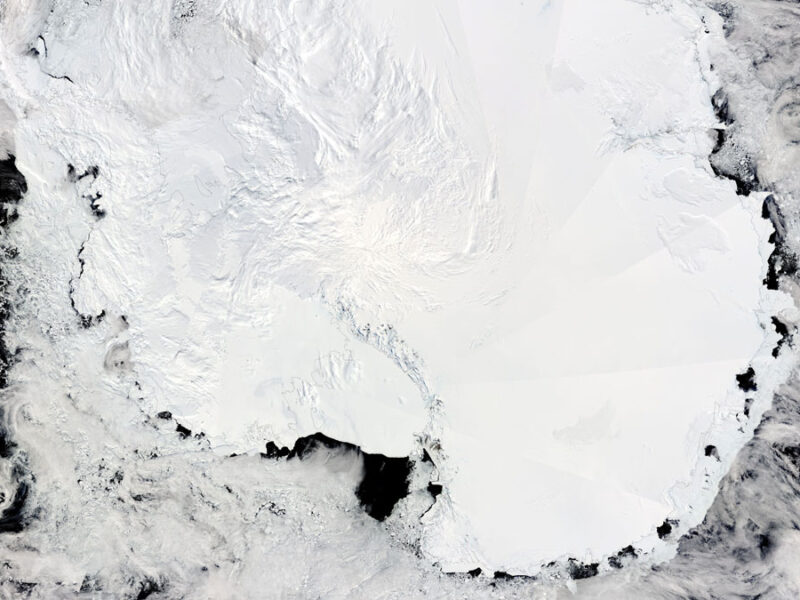
Radar altimetry observations have pinpointed 85 active subglacial lakes, shedding light on how water moves beneath the Antarctic Ice Sheet.
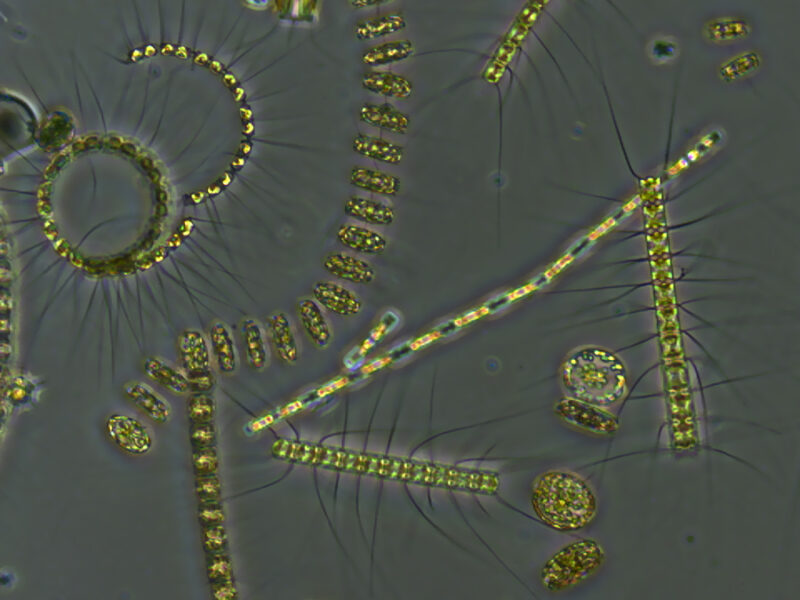
When plankton find themselves in hot water, organic matters stalls at the surface and disrupts transport of carbon to the deep ocean.
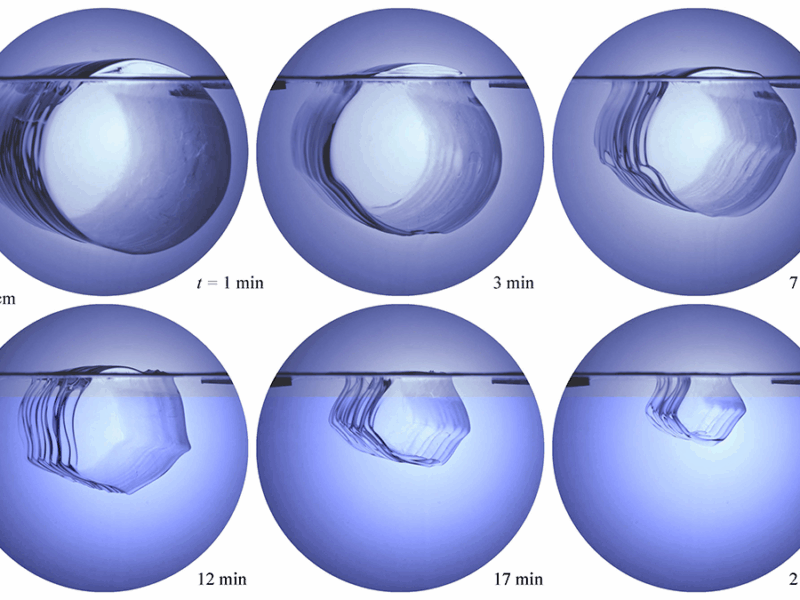
New lab experiments on cylinders of pure ice shed light on how icebergs flip over as they melt, demonstrating the link between a warming ocean and small-scale events that can have rippling consequences.
Something went wrong. Please refresh the page and/or try again.